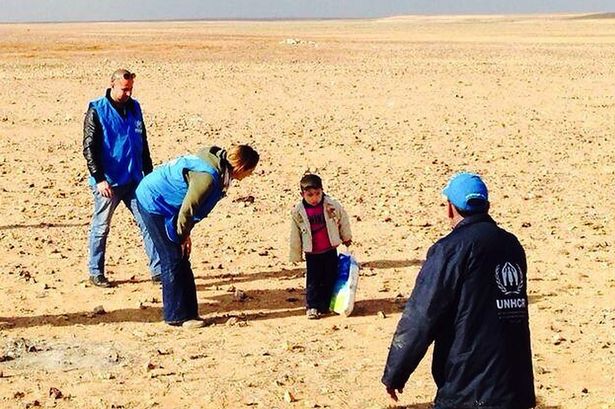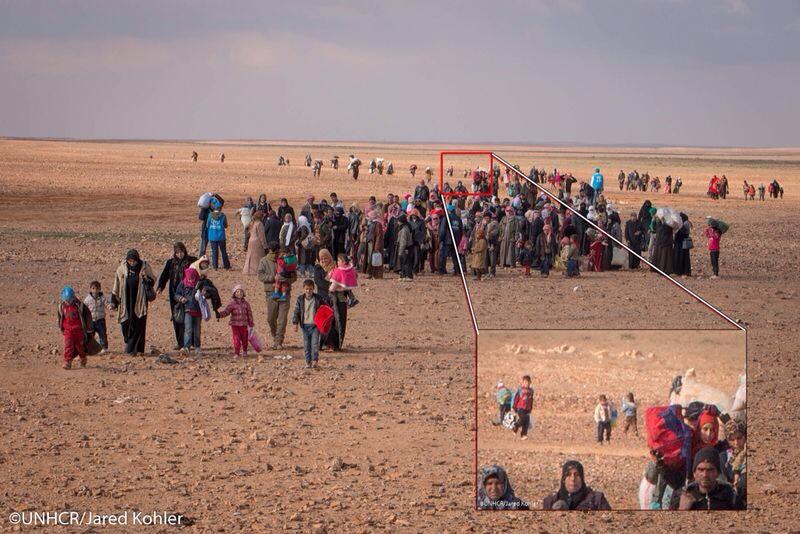
Headlines across the mainstream press early this morning reported on the sad story of a four year old Syrian boy found alone in the desert, fleeing to Jordan.
Mirror.co.uk for example, published the following:
A four-year-old boy separated from his family while fleeing Syria has been found crossing the desert alone.
Clutching a plastic bag containing his possessions, Marwan makes his way across the border into Jordan.
The brave youngster was helped by United Nations staff who managed to reunite him with his worried family.
Skeptical of the emotional shot, I posted a link to the story on Facebook, with some comments:
I don’t like stories like this because they lack just the right amount of detail to tug at the most amount of heart strings. How long was he in the desert? Did he cross the whole entire desert? If the camera pans around is there really a road and some buildings there and he’s not so far out in the wilderness?
Readers quickly responded and it has become apparent that the boy was not alone as such – he was part of a massive troupe of refugees and was quickly reunited with his family by the UN.
The original close-up was taken by @And_Harper. He explains in his Tweets how the media took his photo out of context:
Original tweet said he was temporarily separated, it was the media who claimed he was alone … Marwan was safely reunited with his mother soon after being carried across the Jordan border.
Another photo confirms that he wasn’t alone or stranded in the desert, rather lagging behind a large group:

Guardian journalist @shivmalik1 later clarified that the child’s family was only “20 steps ahead of him”.
Of course it’s not like a four year old refugee is having a whale-of-a-time or anything, but this is just another example of how careless or deliberately contrived conflict reporting can be. It certainly isn’t hard to deceive the public or tug at their heart strings to help push an agenda.




